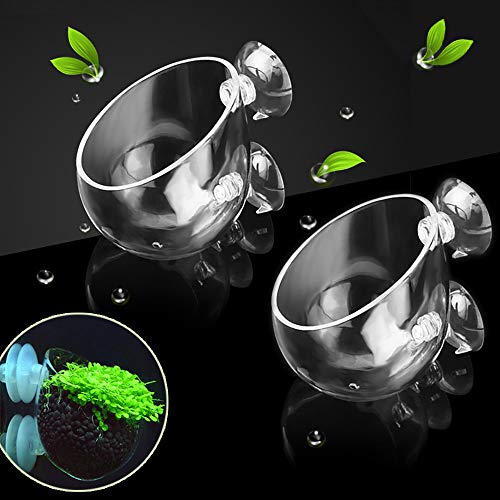
When it comes to expanding our linguistic horizons, exploring different languages and their unique lexicons is always an exciting endeavor. Today, we embark on a thrilling quest to unravel the German expression for a widely beloved autumnal fruit with orange hues and a distinctive shape.
In the German language, every word has a personality of its own, carrying a rich history and an individualistic charm. Thus, understanding how Germans label this particular vegetable can offer fascinating insights into their culture, traditions, and culinary preferences.
Leaning not only on mere translations but delving deeper into the soul of the words, we will uncover the most appropriate German term for this iconic fall symbol. This linguistic exploration will reveal intriguing connections between languages and provide a fresh perspective on the shared human experience of enjoying this delectable and versatile vegetable.
The German Word for Pumpkin
In this section, we will explore the counterpart of the familiar orange fruit often associated with autumn and Halloween in the German language. Embracing the rich linguistic tapestry of German, we delve into the diverse expressions used by native speakers to refer to this versatile vegetable in everyday conversation.
1. Kürbis
- Derived from the Middle High German word “kurbez,” Kürbis is the most commonly used term for pumpkin in German. It encompasses the broad range of pumpkin varieties and serves as a straightforward and universally recognized word.
2. Zucca
- Hailing from the southern regions of Germany, specifically Bavaria and Austria, Zucca is a popular regional term for pumpkin. It reflects the unique linguistic influences prevalent in these areas, adding a flavorful touch to the German vocabulary for pumpkin.
3. Pliz
- Found in certain northern dialects of Germany, Pliz is a charming and distinct expression for pumpkin. This regional variation highlights the linguistic diversity found within German-speaking communities.
4. Pfaukekürbis
- Pfaukekürbis, translating to “peacock pumpkin” in English, refers to a specific type of pumpkin that possesses vibrant colors reminiscent of a peacock’s plumage. This delightful term adds a touch of imagery to the German lexicon for pumpkin enthusiasts.
5. Klockenkürbis
- Hailing from the Bavarian dialect, Klockenkürbis refers specifically to the iconic round and bulbous pumpkins often associated with Halloween decorations. The word captures the distinct visual characteristics of these pumpkins.
While these are just a few examples, they showcase the rich linguistic landscape that incorporates various regional influences and imaginative descriptors within the German language. Whether you find yourself in Northern Bavaria or the southernmost regions of Germany, embracing these diverse expressions for pumpkin adds an extra layer of cultural and linguistic appreciation to your vocabulary.
Cultural Significance of Pumpkins in Germany
In Germany, pumpkins hold a special place in the cultural landscape, symbolizing various aspects of German traditions and customs. The significance of pumpkins goes beyond their everyday use as a versatile ingredient in cooking and carving, reaching into folklore, festivals, and even regional pride.
Folklore and Traditions
Throughout German folklore, pumpkins are often associated with harvest celebrations and the changing of seasons. The vibrant orange colors of pumpkins are seen as a symbol of abundance and prosperity. Stories and legends often portray pumpkins as magical objects, linked to enchantments and transformations in both rural and urban settings.
Festivals and Events
Germany hosts numerous festivals and events dedicated to pumpkins, showcasing their cultural relevance. The most notable among these is the Kürbisfest, a grand festival celebrating pumpkins in all their forms. During this event, various exhibitions, competitions, and activities take place, including pumpkin carving contests and pumpkin-themed culinary competitions. The Kürbisfest brings together locals and tourists alike, fostering a sense of community and appreciation for this humble vegetable.
Regional Pride
Pumpkins play a significant role in regional pride and identity in Germany. Certain areas, such as Bavaria and the Rhineland, are known for cultivating specific types of pumpkins, which have become emblematic of their respective regions. The popularity of these regional varieties extends beyond culinary applications, as they become an integral part of local traditions, crafts, and even tourism.
Pumpkin Cuisine
Pumpkins are widely used in German cuisine and are particularly enjoyed during the autumn season. From savory pumpkin soups and stews to sweet pumpkin desserts and pastries, this versatile vegetable adds a distinctive flavor and texture to numerous traditional dishes. German chefs and home cooks continue to explore new ways of incorporating pumpkins into their recipes, ensuring their continued place in the country’s culinary heritage.
Overall, pumpkins in Germany are not just ordinary vegetables, but objects of cultural significance deeply rooted in traditions, folklore, and local pride. They represent the bountiful harvest, bring communities together, and contribute to the rich and diverse gastronomy of the country.
FAQ
What is the translation of “pumpkin” in German?
The translation of “pumpkin” in German is “Kürbis”.
How do I say the word “pumpkin” in German?
To say “pumpkin” in German, you would say “Kürbis”.
What is the German word for “pumpkin”?
The German word for “pumpkin” is “Kürbis”.









